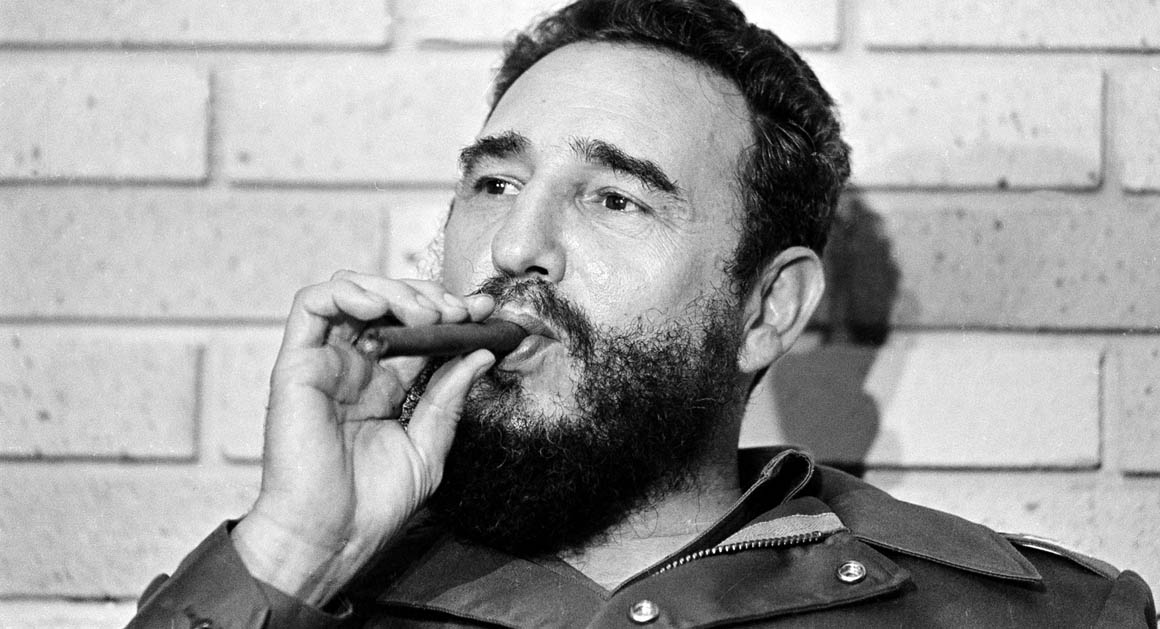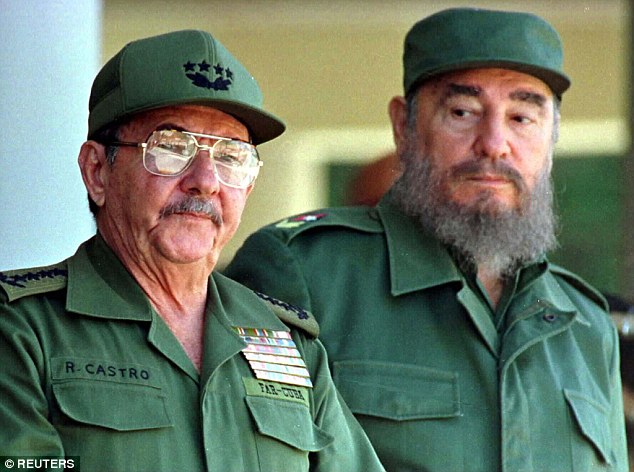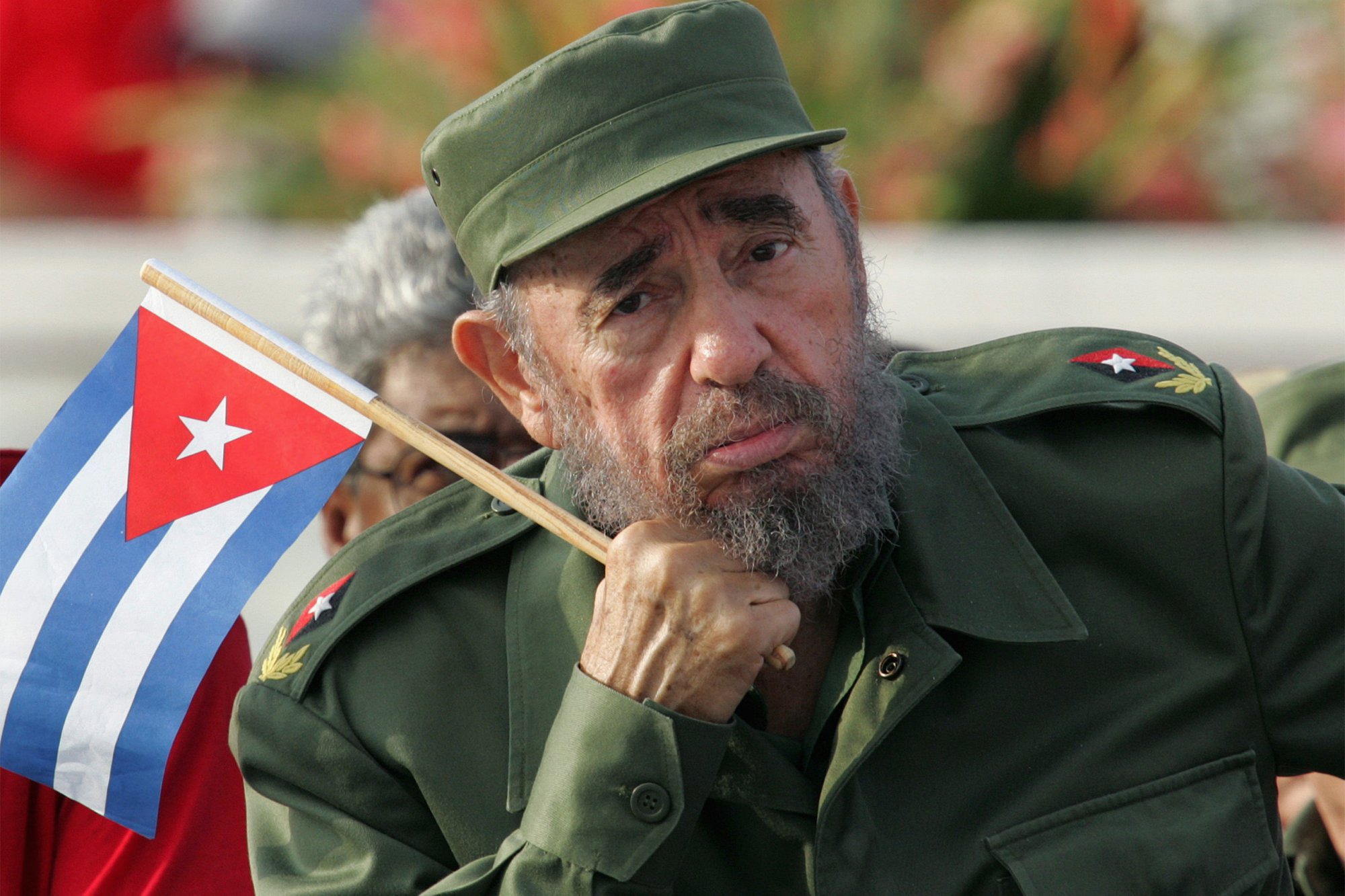Former Cuban President and revolutionary leader Fidel Castro has died at 90. The news about his demise is announced by his brother and current Cubas’ President Raúl Castro on Cuban television Friday night.
The American intelligence agency CIA announced in Nov. 2005 that it had concluded that Castro suffered from Parkinson’s disease. Their assessment stemmed from Castro’s public appearances and the opinions of doctors employed by the agency.

Fidel Castro resigned his role as president in Feb. 2012, allowing his brother Raúl to take over as president. It is unknown if Parkinson’s disease had a role in Castro’s death.
Life of Fidel Castro and His struggle in Cuba:
Talking about his life and role in Cuban politics, Fidel Castro played a crucial role in the Cuban Revolution that overthrew Cuban President Fulgencio Batista in 1959. After assuming control of the country, he established strong diplomatic and economic ties to the Soviet Union, which caused friction between Cuba and the United States.
Former President Fidel Castro, who led a rebel army to improbable victory in Cuba, embraced Soviet-style communism and defied the power of 10 US presidents during his half-century rule. Castro attended Jesuit schools, then the University of Havana, where he received law and social science degrees.

His life as a rebel began in 1953 with a reckless attack on the Moncada military barracks in the eastern city of Santiago. Most of his comrades were killed and Fidel and his brother Raul went to prison.
Under the Fidel Castro leadership, the United States and Cuba experienced the Bay of Pigs invasion in 1961, the Cuban Missile Crisis in 1962 and the Mariel Boatlift in 1980 that caused 120,000 Cuban migrants to move to the United States.
As a result, the United States placed a number of trade and travel restrictions on Cuba. Barack Obama lifted a number of these restrictions in Dec. 2014. He was also the first U.S. president to visit the island country in 88 years when he visited in 2016.
(With Inputs from Reuters)

